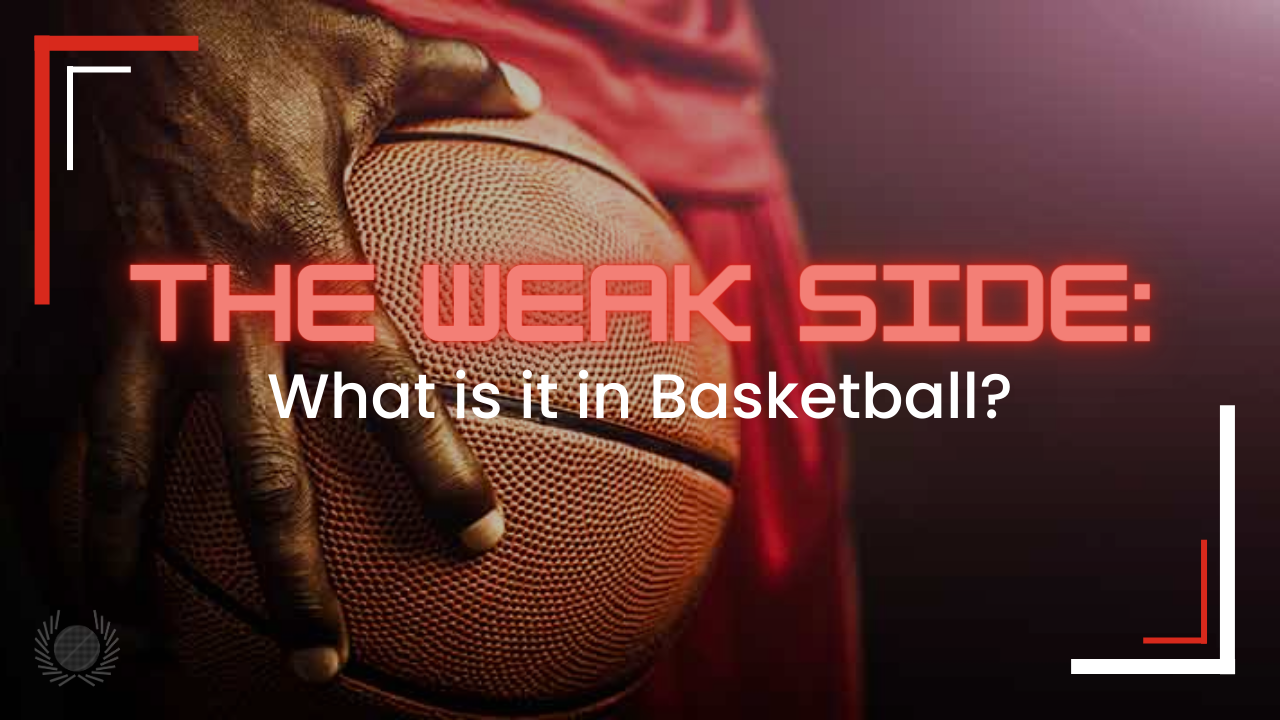What is the Weak Side in Basketball?
What is the Weak Side in Basketball?
2023-02-22

Basketball is a game of strategy, and understanding the various positions and roles of each player on the court is critical to success. One term that often comes up in basketball is "weak side," which can be confusing for new players or those unfamiliar with the sport. In this article, we will explain what the weak side is in basketball and how it is used strategically by players and teams.
Defining the Weak Side in Basketball
The weak side in basketball refers to the side of the court where the ball is not currently located. It is the side of the court opposite the strong side, which is where the ball is currently being held or dribbled. The strong side is often more heavily guarded by the defense, leaving the weak side more vulnerable to offensive attacks.
The Importance of the Weak Side in Basketball
While the strong side may seem like the more important side of the court, the weak side is just as important in basketball. The weak side is where many scoring opportunities arise, especially for players who are skilled at moving without the ball.
On the weak side, players can often find more space to move and make plays because the defense is focused on the strong side. This creates opportunities for open shots, backdoor cuts, and other offensive plays. Understanding how to use the weak side to create scoring opportunities is a critical skill for players and teams.
Strategies for Using the Weak Side in Basketball
To use the weak side effectively in basketball, players and teams must use strategic movements and communication. Here are a few strategies that can be used to take advantage of the weak side:
-
Weak Side Screens: A screen is when an offensive player blocks a defensive player to create an opening for their teammate. A weak side screen is a screen set by a player on the weak side of the court to create space for another teammate on the weak side. The player can either be coming in the direction of the ball, or even further away from the ball to help get away from the defense. This can be especially effective for shooters who can catch and shoot quickly before the defense can recover.
-
Backdoor Cuts: A backdoor cut is when an offensive player cuts to the basket behind the defender to receive a pass and score. On the weak side, defenders are often more focused on the strong side, leaving the backdoor cut open. Quick and decisive cuts to the basket on the weak side can create easy scoring opportunities.
-
Weak Side Rebounding: Offensive rebounds can often lead to second-chance points. On the weak side, players can often find better positioning for rebounds because the defense is focused on the strong side, along with a majority of rebounds going to the back side of the hoop (or weak side of the court). Players who are skilled at weak side rebounding can help their team gain additional possessions and opportunities to score.
Frequently Asked Questions (FAQs)
Why is the weak side important in basketball?
The weak side is important in basketball because it creates scoring opportunities for players and teams. The defense is often focused on the strong side, leaving the weak side more vulnerable to offensive attacks.
How can players use the weak side to their advantage?
Players can use the weak side to their advantage by using strategic movements and communication. Weak side screens, backdoor cuts, and weak side rebounding are all effective strategies for taking advantage of the weak side.
How can teams defend the weak side?
Teams can defend against the weak side by staying alert and communicating effectively. Defensive players must be aware of offensive players moving on the weak side and be prepared to quickly switch and guard them.
Conclusion
Understanding the weak side in basketball is critical for players and teams who want to be successful on the court. While the strong side may seem like the focus of the game, the weak side is just as important for creating scoring opportunities and making plays. By using strategic movements and communication, players and teams can effectively take
